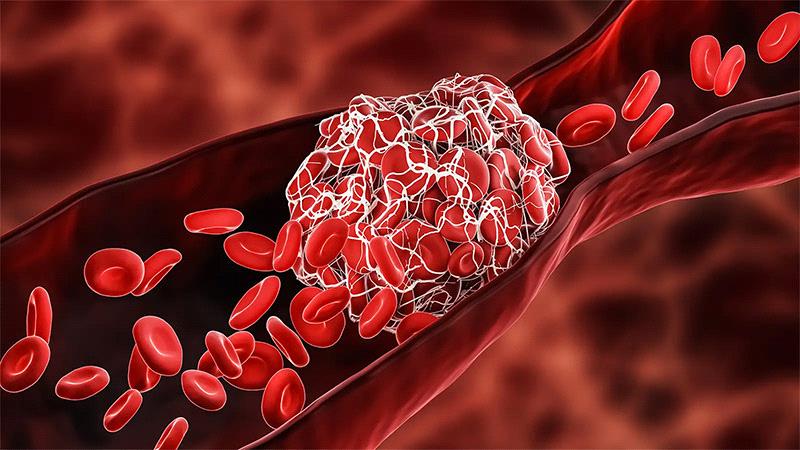Latest News
Blood Clotting Disorders Types, Symptoms, Diagnosis, And Treatment
Genetic Diagnostic Center | 19 Aug 2022Total Views : 293
Blood clotting is a life-saving process, as it stops the bleeding from any injury. Blood clotting disorders are conditions that affect the formation of normal blood clots in the body. Disorders causing blood clotting may become life-threatening if they cause too much or too little clotting.
Platelets are the cells present in our blood which are responsible for the formation of clots. Platelets combine with some blood proteins and form a plug at the place of injury to stop the bleeding.
Types Of Blood Clotting Disorders
There are some blood clotting disorders in which the blood does not clot easily. Such individuals suffer from excessive blood loss during any surgery or injury, which may become dangerous. On the contrary, there are other blood clotting disorders in which blood coagulates too much, resulting in the formation of blood clots inside the arteries or veins, which interrupts the blood supply and can cause a heart attack, stroke, or even death.
Some examples of bleeding disorders in which the body does not form enough clots are:
Haemophilia
Von Willebrand’s disease
Examples of excessive blood clotting are:
Deep venous thrombosis (DVT)
Pulmonary embolism (PE)
Disseminated intravascular coagulation (DIC)